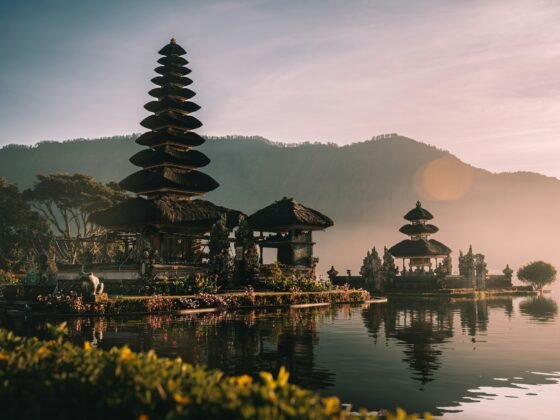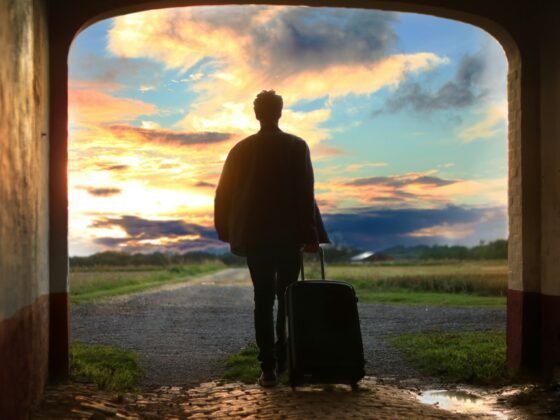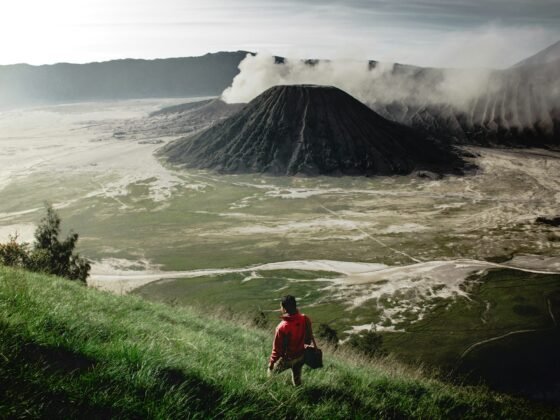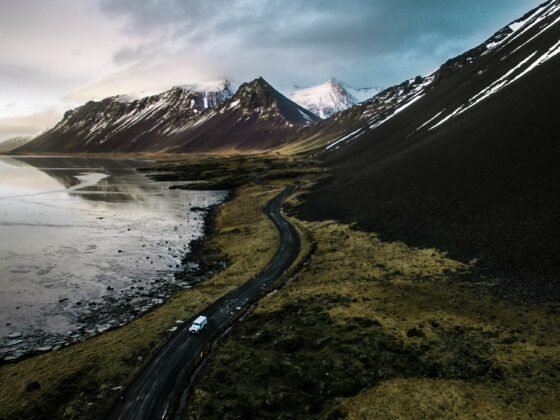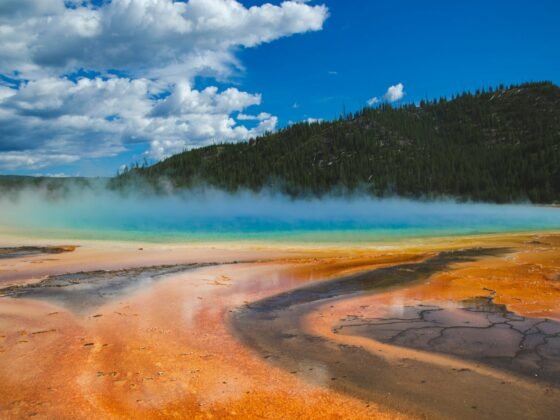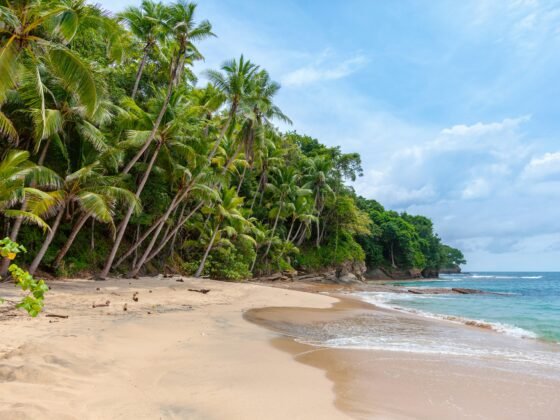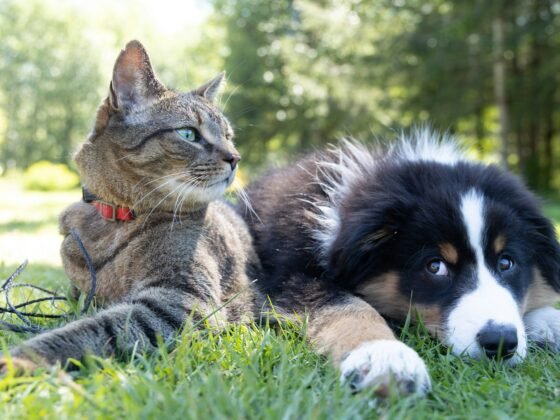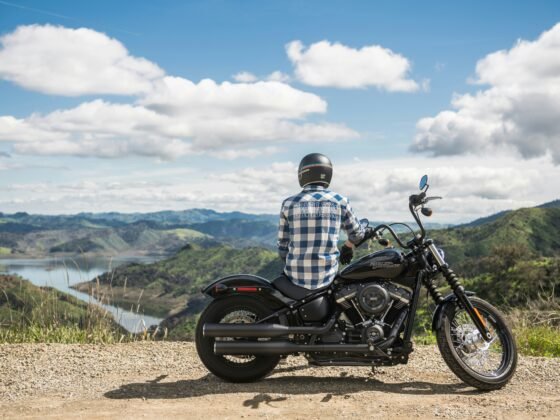Kenya Adventure Travel Guide: Ideas and Inspiration
PureTravel says: "Kenya claims to be the home of modern “safari” and the word does indeed come from a local dialect meaning “journey”. Today it offers an incredible variety of safari experiences and some of the best game-viewing in the world. Combine this with its great Indian Ocean beaches and you have a fantastic holiday destination."
-----------------------------------------------------------
Holiday Highlights
Safaris & Wildlife - Kenya has 54 National Parks and reserves, covering thousands of square km of area and boasting an abundance of game. From semi-arid desert to alkaline and fresh-water lakes, this diversity of habitat ensures a wide range of flora and fauna, including the so called “Big 5”- Lion, leopard, rhino, elephant and buffalo.
With a huge range of lodges and camps to choose from, as well as safari by plane, balloon, foot and vehicle, there is something to suit everybody.
Walking & Trekking - The most famous destination for a trekking adventure is Mt. Kenya, reaching 5,199 meters in height and covered in snow for part of the year. Set in the middle of its own National Park, much of the mountain can be climbed by any reasonably fit walker. Only the last twenty meters or so involves actual climbing. It is also possible to organise guided (and guarded) walks around the National Parks.
-----------------------------------------------------------
When to Go
The best months to enjoy a Kenya getaway are from January to March and late June through September.
The long rainy season lasts from April to June. During these months it can be so wet that roads may be treacherous, or even closed, as the muddy surface becomes impassable. It is also difficult to see animals on safari in the rain. The shorter rainy season, which has less rainfall, is from October through December.
-----------------------------------------------------------
Top Tips
- Always carry water with you and freeze the bottle overnight for a refreshing drink as it melts in the daytime heat.
- Always wear a sunhat and sunscreen. The sun is at its most intense at the equator.
- Carry a Spotter’s Guide to identify the many animals and birds you will see.
- Never hike, climb or trek by yourself. There are countless dangers and you may need help.
- If you are climbing, take time to acclimatize to avoid unnecessary altitude sickness.
- Wear loose cotton clothing, and cover your arms and legs to avoid insect bites if you are hiking.
-----------------------------------------------------------
Holidays In Focus
Safari Holidays and Wildlife - There are 54 National Parks and Game Reserves in Kenya, the most visited and popular being the Maasai Mara, Lake Nakuru, Lake Naivasha, Amboseli and Tsavo. There are mainly operated by the Kenya Wildlife Service and were created to protect the indigenous African wildlife from hunters, and their natural environment from development. There is an entrance fee for most of the Parks of around $40-60. Once inside the Park, there are dusty tracks winding around the vegetation. Visitors can explore the natural landscape and will soon spot some of the animals for which Kenya is known. The Big 5, which most safaris offer, is comprised of lion, leopard, buffalo, rhino and elephant. Many of the species were previously hunted for food and for their ivory tusks and fur, and some animals, such as the Black rhinoceros, are still on the endangered species list.
The most common animals to be seen on a wildlife safari are:
Cape buffalo, cheetah, duiker, African elephant, gazelle, gerenuk, giraffe, hare, hartebeest, hyena, impala, leopard, Kenyan lion, mongoose, black faced vervet monkey, Sykes's monkey, crested porcupine, giant rat, black rhinoceros, squirrel, warthog, waterbuck and zebra.
If you take an organized safari, the guides communicate by radio with each other. If one of them spots a pride of lions, or another unusual sight there is a sudden convergence of vehicles. For the rest of the time, visitors do not see other vehicles.
A game drive can be for one day, or over several days, and accommodation is offered in camp sites and Lodges. There is a huge range of options, ranging from do-it-yourself camping in officially designated rough camps, to some of the most expensive and exclusive lodges in Africa.
Elephants - Elephants are one of the most popular reasons that people go on safari and Kenya is home to a large population. There are several large herds of elephants at several of the National Parks, including 900 free-ranging elephants in Amboseli National Park - perhaps the best place in the country to see them.
The “underground elephants” can only be found in Mount Elgon. Every night the elephants venture up the narrow path and go deep into the caves at Kitum. They scratch the salt rich deposits from the cave walls with their tusks.
There is an excellent camouflaged hide right over the watering hole at Tsavo East National Park Lodge for viewing herds of elephants. Buy refreshments or enjoy a buffet lunch, and then go down into the hide to see the herds of zebra and elephants approach the watering hole. The matriarchs of the herd stand guard looking outwards whilst the rest of the herd drink and bathe.
Wildebeest Migration - One a half million wildebeest, zebra and antelopes migrate across the Serengeti in Tanzania and the Maasai Mara. They move in search of green pastures between July and October. The best place to witness this incredible natural wonder is during July and August, when they cross the swollen Mara River. This is a great deal of drama on the journey, as lions and hyenas prey on the weaker animals.
Balloon Safaris - For the more adventurous tourist who wants to drift silently across the vast savanna plains watching the animals from above, a hot air balloon ride is a great trip. They usually take place at dawn when the animals are active, and the sun is low. After the flight has landed, breakfast is cooked on the balloon burner! This trip is available at the Maasai Mara Game Reserve.
Bird Watching - Bird watching is also popular within the reserves. Some Parks, such as Lake Nakuru National Park, have over 400 species of birds recorded. The best time to see the many birds which stop at the Lake on their migration is between October and January. At times Lake Nakuru is covered with two million greater and lesser pink flamingos – an amazing sight. Bird spotting changes depending on the food conditions, so it is best to check with the Park before traveling. Saiwa Swamp Reserve has several viewing platforms over the swamps for excellent bird watching.
Aberdare National Park is also excellent for bird watching, with over 250 species of bird recorded. Amboseli National Park, at the foot of Mount Kilimanjaro has African skimmers, red and yellow bishops, goshawks, buffalo weavers and palm nut vultures. Hornbills, secretary birds, sunbirds, herons, ostrich and many eagles can also be seen. The rare Hartlaub’s turaco and red-headed parrots can be seen at Mount Elgon National Park.
Nocturnal Game Viewing - Staying at the Ark or Treetops Lodges in Aberdare National Park offers a wonderful opportunity to see the animals by night. The Lodges are built on stilts overlooking floodlit watering holes and salt licks. There is a bell in each room which rings if an unusual animal approaches the watering hole. Nocturnal viewing is taken very seriously here.
You can also take a guided night drive through the Shimba Hills National Park. You may see big cats, such as leopards and cheetahs on the prowl. The eerie cry of hyenas will certainly be experienced.
Many of the private lodges on the edge of the Mara Conservation area also offer night-drives, not into the park but on the private concessions that adjoin it.
Walking and Trekking - Trekking is popular in Aberdare National Park, especially over the moorland to the magnificent waterfalls.
There are also many walking trails at Nairobi National Park which is just outside the city of Nairobi.
Guided walking safaris are also offered by a number of private companies at Tsavo East National Park along the Galena River. You will see many animals drinking at the river, and crocodiles bathing here too. The walk takes you to Lugard’s Falls, which is a beautiful spot and you will see many animals along the walk.
One of the most impressive hikes is through the Shimba Hills to the magnificent 25m (82 feet) drop of Sheldrick Falls. A ranger will accompany hikers without a fee during the day, and will ensure their safety from the many wild animals. The falls is a beautiful spot to enjoy a picnic and bathe in the pool.
Fishing - Trout Fishing is popular in the ice-cold Guru Karuru and Chania Rivers which run down from the Aberdare Mountain peaks. There is a fishing lodge there which sleeps 7 guests.
Climbing - The highest mountain is Mount Kenya and it stands a magnificent 5199m (17057 feet) high. It was originally formed by volcanic eruptions and over millions of years the crater has gradually eroded down to form several peaks. Point Lenana is the only peak which can be climbed by amateurs. The two main peaks can only be climbed using technical equipment and professional mountaineering skills.
However for the less adventurous climber, there are several challenging climbs in the central Highlands of Kenya, at the twin Hills, Elephant Hills and Table Mountains near Aberdare. These mountains reach an altitude of 3999 meters (13123 feet).
Camping - All the National Parks have camping facilities, making camping a great holiday combined with viewing African animals. Some National Parks and Reserves have “Bandas” which are prickly hedges surrounding the camp to keep out lions and other animals. There are also Lodges, fishing lodges and huts for rent. Some campsites provide equipment and tents, whilst others just offer basic amenities and you can pitch your own tent and sleep in the wild.
Meru National Park is considered a Camper’s paradise. The beautiful landscape and animal life here is unsurpassed. There are several good campsites within the Park.
Caving - There are several caves at Mount Elgon which can be explored, such as Kitum, Makingeni, Chepnyalil and Ngwarisha. The longest cave is Kitum and extends for 200 meters (656 feet) into the side of Mount Elgon.
Water Sports - There are many top class hotels and resorts along the beaches near Malindi. They all offer many water sports including windsurfing, kite surfing, kayaking, sailing, jet skiing, banana boat rides and parasailing. The waters are clear, generally calm, and warm.
There are usually charges for motorized sports and equipment rental.
Snorkelling and Diving - There are some excellent snorkelling and diving opportunities long the reefs, which lie just off the beaches. At Chale Island, you can actually wade out to the reef at low tide and snorkel over the corals spotting curious starfish, skittish anemones and shoals of vividly colourful marine fish.
The reefs along the eastern coast of Kenya are extremely diverse. There are many sites to suit all levels of experience. PADI courses, equipment rental and certificates can also be arranged. Dives are led by vetted instructors and dive masters, and boats have all the necessary oxygen and communications equipment on board.
There is excellent diving at Kisite Marine Park and also at Watamu reef. At Pemba Island there are drops of between 10 and 100 feet, making this one the world’s most popular dive spots to see Africa’s marine life.
-----------------------------------------------------------
Popular Itineraries
- Masai Mara safari.
- Best of Kenya Safari: Masai Mara, Nakuru, Naivasha, Mount Kenya, Samburu.
- Amboseli and Tsavo safari & Beach holiday.
- Climb Mt. Kenya.
-----------------------------------------------------------
UNESCO World Heritage Sites
There are 6 World Heritage Sites in Kenya;
Natural sites;
- Lake Turkana National Parks
- Mount Kenya National Park/Natural Forest
- Kenya Lake System in the Great Rift Valley
Cultural sites
- Lamu Old Town
- Sacred Mijikenda Kaya Forests
- Fort Jesus, Mombasa
-----------------------------------------------------------
Public Holidays
1 January - New Year's Day
March/April - Good Friday, Easter, Easter Monday
1 May - Labour Day
1 June - Madaraka Day
Variable - Eid al-Fitr (End of Ramadan)
20 October - Mashujaa Day
12 December - Jamhuri Day
25 December - Christmas Day
26 December - Boxing Day
-----------------------------------------------------------
PureTravel's YouTube Channel
Leopards in the Masai Mara, Kenya
-----------------------------------------------------------


